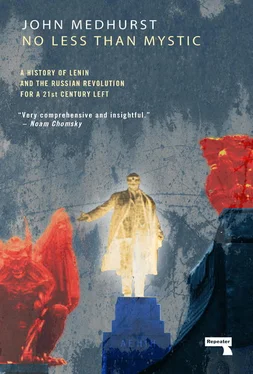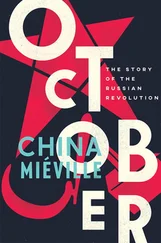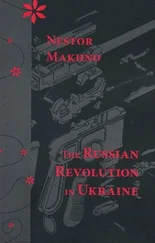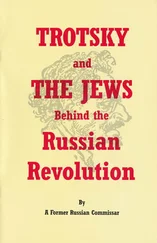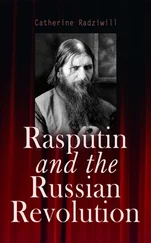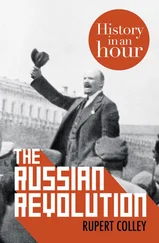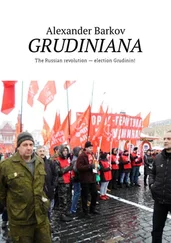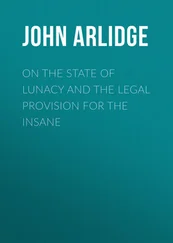The role of the intelligentsia as the unofficial opposition within Tsarist Russia arose from the failure of the 1812 Decembrist rebellion. As a young man, Herzen, who revered the memory of the Decembrist martyrs, wrote a few mild condemnations of police corruption. He was arrested, harassed and eventually driven to exile, where he had little option but to put his literary ability to use in advocating a complete overthrow of Russia’s autocratic state. From this grew his establishment of the Free Russian Press and the beginning of decades of work to guide and instruct the opposition to Tsarism, mainly through the influential The Bell , a political periodical that for a while after the accession of Alexander II in 1855 had a hearing even within Russia itself. The Bell ’s combination of ethical socialism and practical reform ensured it was loathed by autocrats and reactionaries, but it was also attacked by a growing revolutionary subculture that saw progress only in violent revolution based on the peasantry. Herzen, a romantic liberal at heart, could not tolerate the violent terrorist actions of the new revolutionary groups Young Russia and Land and Freedom, lauded by his great contemporary Nikolai Chernyshevsky.
Chernyshevsky’s writing was designed to stir emotions and incite action rather than analyse issues and suggest solutions. He came to prominence as the author of impassioned attacks on the Tsarist state in the pages of The Contemporary , a vibrant literary magazine established by the socialist writer Vissarion Belinsky and the radical poet Nikolai Nekrasov. Although nominally within the same revolutionary current as Herzen and a great admirer of his earlier work, Chernyshevsky and his comrades at The Contemporary took their political cues from French utopian socialism. From this they forged “Narodism” and its political vehicle the Land and Freedom party, the first and most authentic expression of Russian radical populism.
The course of Russian agrarian populism has much to teach today’s left about developing durable campaigns with indigenous and rural populations. In an era of globalised neoliberalism it is often native indigenous peoples that are at the sharp end of economic exploitation. Amongst examples of mobilised indigenous resistance are the Yaruro Indians of Venezuela, whose culture Hugo Chavez incorporated into the project of Bolivarian Socialism, and the Quechua and Amarya peoples of the Andes and Altiplano regions of South America, whose political militancy resulted in the creation of the Movement Towards Socialism (MTS) and the election of the first indigenous President of Bolivia, the radical eco-socialist and former cocalero trade union activist Evo Morales.
In deprived towns like El Alto, the Aymara utilised their social and kinship networks to create a Federation of Neighborhood Committees, a mixture of an informal local government and a political campaign network. In 2003 the Committees were the focus of an uprising that ousted the corrupt President Gonzalo Sánchez de Lozada. This built on earlier struggles in Cochabamba where unionised water irrigators and cocoa growers, aided by urban-based anarchist activists, mobilised against the multi-national company Bechtel. As soon as it won the contract for Bolivia’s privatised water utilities, Bechtel hiked charges and prosecuted those who collected rainwater in buckets. Having turned off the rain, it threatened the same to the water supply of those who could not pay the increased water bills. In 2000 protestors called a general strike in Cochabamba and demanded that the privatisation be reversed. The protests spread to the capital La Paz and were joined by teachers and students. Faced with an incipient revolution the government reversed water privatisation. This successful campaign led to the creation of the Movement Towards Socialism and the election of Morales as President in 2005.
These and other manifestations of indigenous resistance arise from a philosophy of “ Comunalidad ”. Broadly, this revolves around four pillars of native life: communal governance via a popular assembly; communal territory, or land held in common; communal celebration, or feast days; and communal work for the benefit of the whole. These models of self-governing communities fundamentally challenge the Western model of economic growth advanced by the IMF and World Bank in favour of models of local sustainability that do not mindlessly exploit the environment or its resources with no regard for social consequences. In Noam Chomsky’s summary, “Many don’t see any particular point in having their culture and lifestyle destroyed so that people can sit in traffic jams in New York”. 2
One of the most useful effects of Comunalidad has been the erosion on the left of an unhelpful divide between urban and rural, working class and peasantry, and a recognition that the marginalised and exploited poor of the global south–and those of the supposedly more affluent BRIC countries of Brazil, Russia, India and China–do not easily fit into 19th-and 20th-century Marxist categories. And that the packaging of them into these, with the explicit assertion that one category (the urban proletariat) was the only one that really mattered, has prevented the emergence of global anti-capitalist movements with common aims.
19th-century Russian revolutionaries had none of this experience to draw upon. In 1874, the first stage of the Populist insurgency took the form of a “Pilgrimage to the People”, in which young Narodniks from privileged backgrounds went to live and work amongst the villages of the Russian countryside. Their aim was to relate to the peasants as fellow human beings, working with them, learning from them, and thus generate a truly mass-based revolutionary culture. Some tried to actually become peasants, whilst some sought to put their educational, technical and medical skills at the service of peasant communities. With a few exceptions the crusade did not go well. Most of the young idealists were met with suspicion and even hostility. After several summers of repeated but pointless endeavor the vast majority of them were disenchanted with the peasants and their lack of revolutionary fervor.
From this fiasco grew the more hardened freedom fighters of the Zemlya I Volya (the People’s Will), a splinter group from Land and Freedom. They did not spend their energies trying to teach illiterate peasants the theory of evolution. They targeted the most prominent and powerful men in society for assassination. For a few years in the late 1870s and early 1880s the idealistic terrorists of the People’s Will engaged in a series of actions that defied the mighty Third Section and reached the pinnacle of aristocratic power around the Tsar. In 1881 they finally succeeded in murdering the “Tsar Liberator” Alexander II.
The assassination led to the complete opposite of its stated aims. On the eve of his murder, Alexander II approved reforms which might have opened a road to the kind of pluralist, democratic state the Narodniks wished to see. The newly appointed liberal Minister of the Interior, Loris-Melikov, had proposed a limited constitution to be implemented through a Supreme Commission consisting of appointed experts and representatives elected by rural and city Councils. The Commission would put legislative proposals to the appointed Council of State, which would have a new tier of fifteen delegates directly elected by the public. It was a toe in the water of representative democracy.
However, the assassination of his father led Alexander III to follow the lead of ultra-conservatives who opposed these reforms. They wished to strengthen the landed nobility and weaken aristocratic liberals such as Prince Georgy Lvov, who sought to increase the powers of the Zemstvos–elected rural local councils introduced by Alexander II in 1864. Although their franchise was weighted to give landowners and rural magnates greater power than the peasants and the merchants of the towns, in the context of 19th-century Russia the Zemstvos were a great step forward.
Читать дальше
